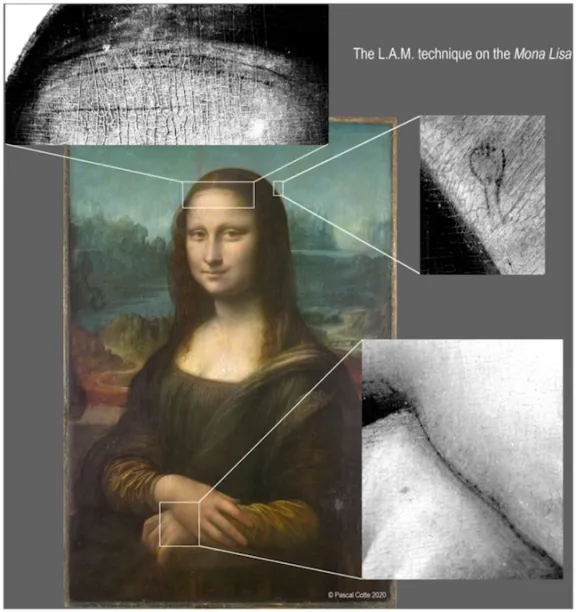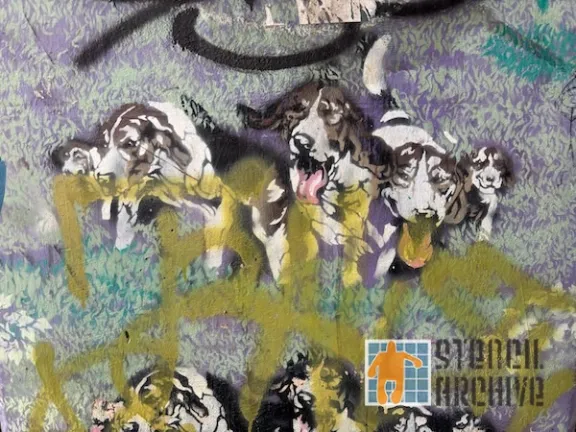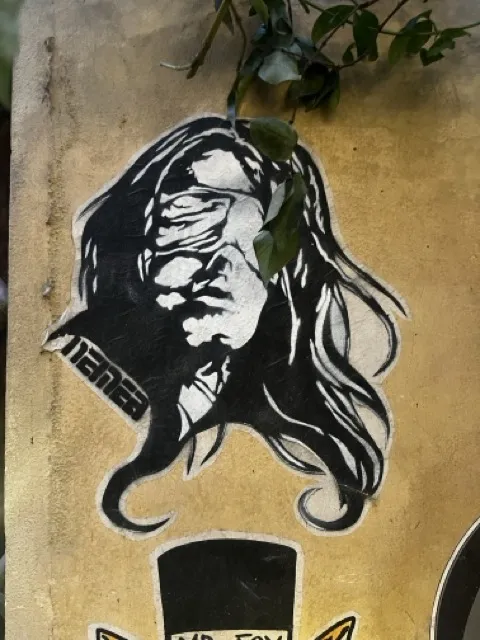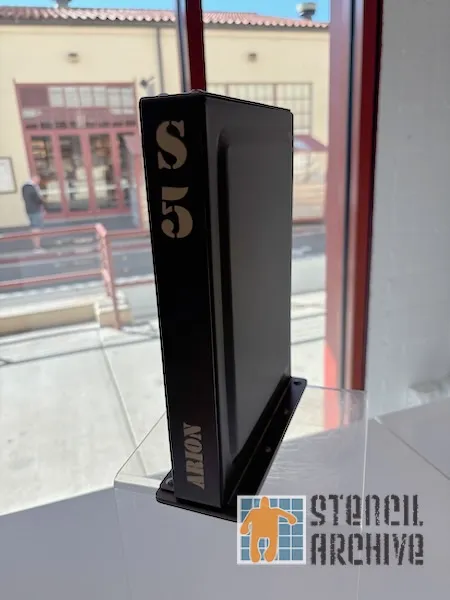Classic Spolvero (stencil pouncing or dusting)
The technique of dusting: how the greats of the Renaissance executed paintings
by Redazione , published on 30/09/2020
From Finestre sull' Arte
One of these techniques was to cast with an awl: the tip of the tool was passed through the paper to leave a groove on the surface. For geometrically patterned decorations, the pierced mold technique could then be used: the design was traced on a sort of stencil through which the contours of the figures could be etched on the surface.
The spread of paper, beginning in the 1360s and 1370s, was one of the most important innovations in art history: until then, the preparatory drawing for a pictorial work was traced directly on the support. This was the way it was done in Byzantine times, when the drawing was traced on the plaster, either freehand or with the help of tools (it was necessary to have gained enough experience not to make mistakes, since the correction of any errors was definitely complicated), and this was also the way it was done in medieval painting before paper became a common material. Several analyses conducted on painted crosses, for example, have found this type of technique: take as an example the Rosano cross, a 12th-century work (probably painted around 1120), which has recently undergone reflectographic investigations aimed at determining what lies beneath the painting.










